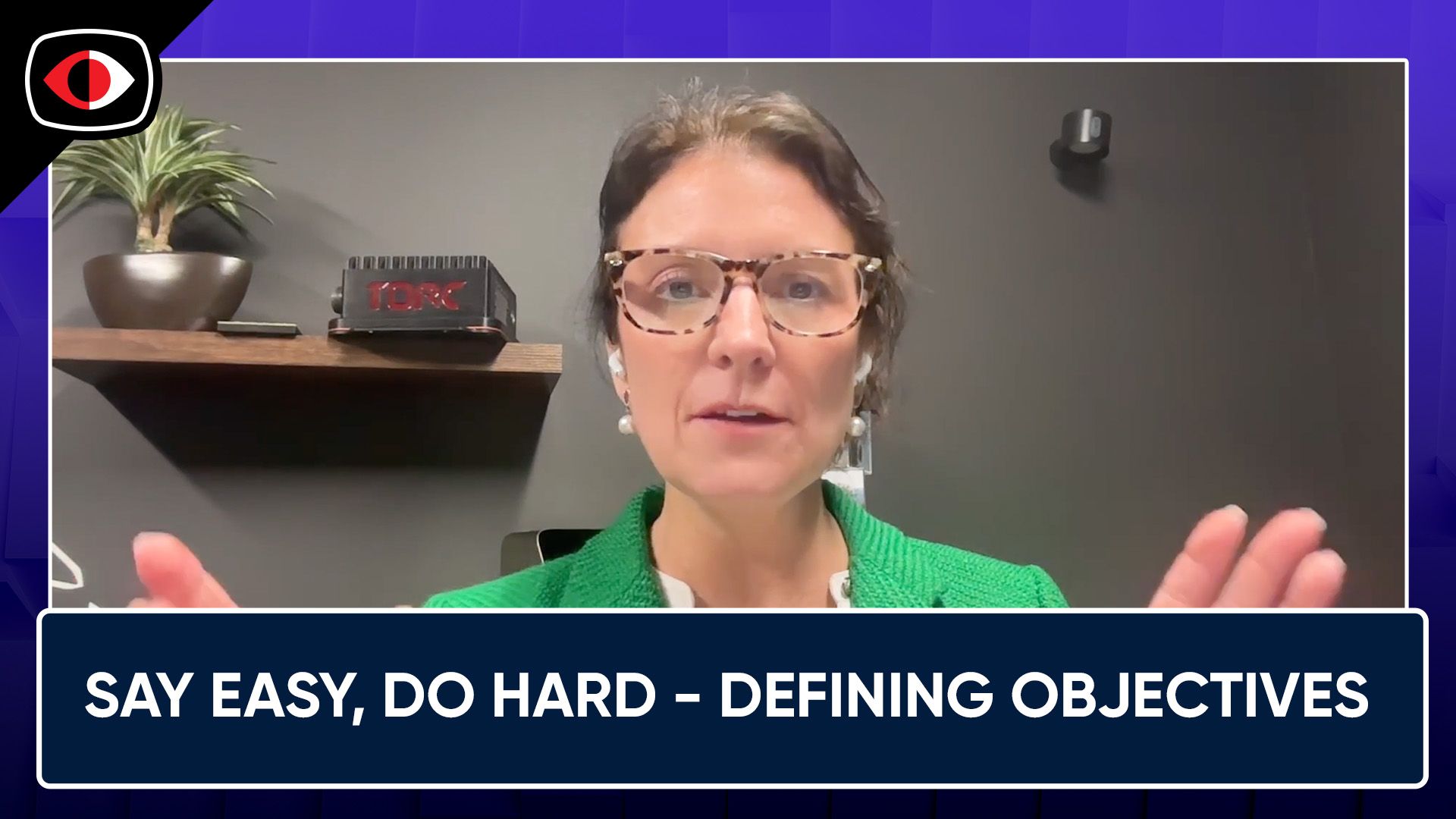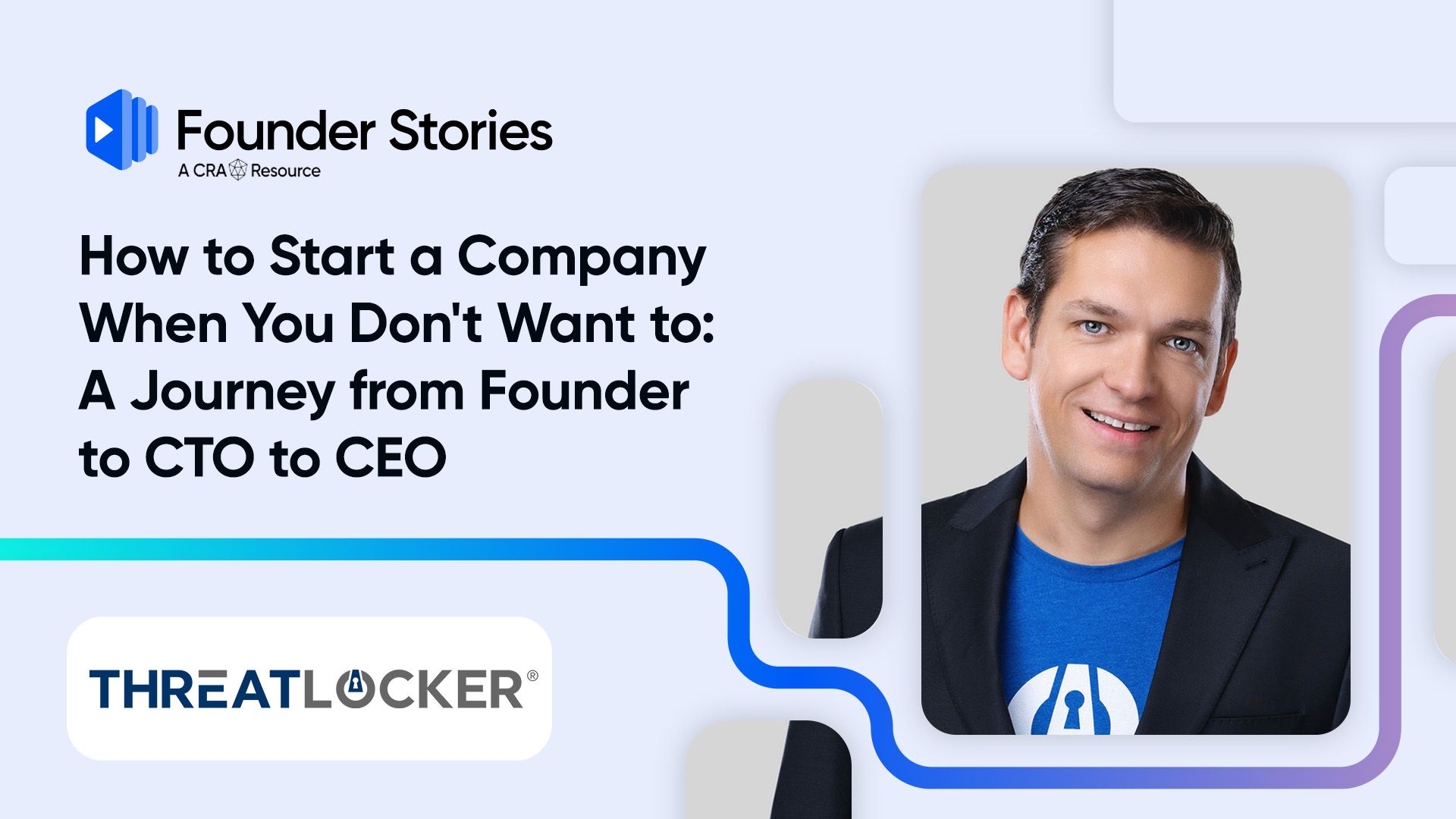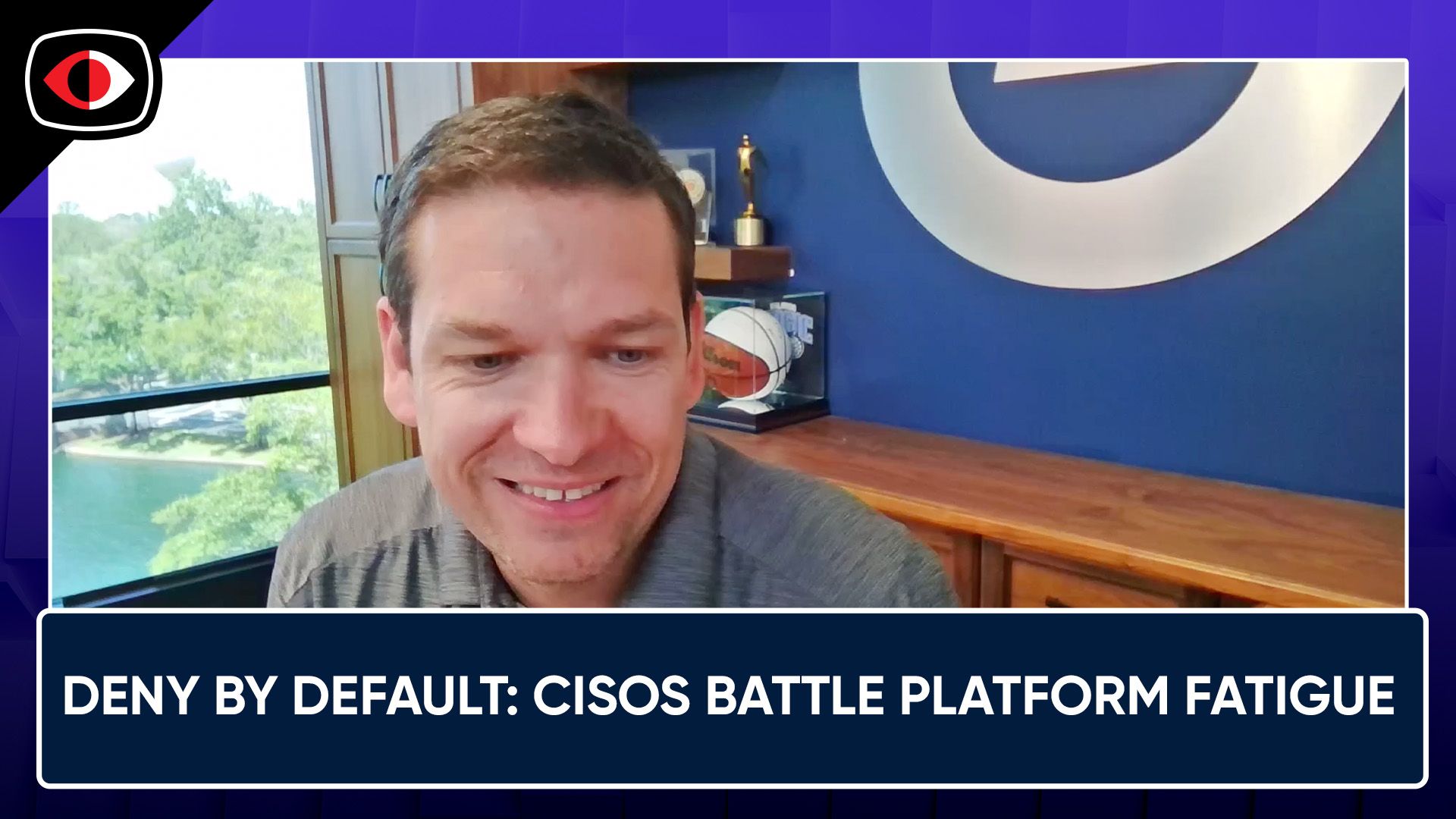AI Governance, the next frontier for AI Security. But what framework should you use? ISO/IEC 42001 is an international standard that specifies requirements for establishing, implementing, maintaining, and continually improving an Artificial Intelligence Management System (AIMS) within organizations. It is designed for entities providing or utilizing AI-based products or services, ensuring responsible development and use of AI systems. But how do you get certified? What's the process look like?
Martin Tschammer, Head of Security at Synthesia, joins Business Security Weekly to share his ISO 42001 certification journey. From corporate culture to the witness audit, Martin walks us through the certification process and the benefits they have gained from the certification. If you're considering ISO 42001 certification, this interview is a must see.
In the leadership and communications section, Are 2 CEOs Better Than 1? Here Are The Benefits and Drawbacks You Must Consider, CISOs rethink hiring to emphasize skills over degrees and experience, Why Clear Executive Communication Is a Silent Driver of Organizational Success, and more!
A seasoned cybersecurity expert, currently spearheading the development of a world-class security and AI governance program at the hyper-growth AI-unicorn Synthesia. Martin’s previous experience as startup CTO and Product-Engineer come in handy when philosophising about integrating Security with Product in a sane way.
Identiverse 2025 is returning to Las Vegas, June 3-6. Hear from 250+ expert speakers and connect with 3,000+ identity security professionals across four days of keynotes, breakout sessions, and deep dives into the latest identity security trends. Plus, take part in hands-on workshops and explore the brand-new Non-Human Identity Pavilion. Register now and save 25% with code IDV25-SecurityWeekly at https://www.securityweekly.com/IDV2025
Matt Alderman
- The Advantages and Disadvantages of Co-CEO Leadership Models
As companies face decreasing CEO tenure and evolving industry demands, the co-CEO model emerges as a compelling leadership structure — but it's important to assess the advantages and disadvantages.
- Tenable names Steve Vintz and Mark Thurmond as permanent co-CEOs after successful interim run
Exposure management company Tenable announced on Wednesday that its Board of Directors has unanimously appointed Steve Vintz and Mark Thurmond as co-Chief Executive Officers on a permanent basis.
- Report: CIOs Struggle to Align Cybersecurity With Strategy
Chief Information Officers (CIOs) are stuck balancing rising cyber threats with in-house pressure for more innovation and digital transformation, all while battling a lack of knowledge among senior leadership, according to new research.
- How to Build a Cyber Risk Tolerance Statement for Your Organization as a CISO
In today’s rapidly evolving digital landscape, organizations face an increasingly complex array of cyber threats. Establishing a clear cyber risk appetite statement has become essential for effective governance and strategic decision-making.
- The Future of Cybersecurity Talent – Trends and Opportunities
The cybersecurity landscape is transforming rapidly, driven by evolving threats, technological advancements, and a persistent global talent shortage. By 2025, the sector faces a shortfall of over four million professionals, exacerbated by the growing complexity of attacks and the proliferation of artificial intelligence (AI) in both defense and offense. Leaders must reimagine talent strategies to address these challenges, prioritizing innovation in recruitment, skill development, and cross-functional collaboration.
- CISOs rethink hiring to emphasize skills over degrees and experience
Cybersecurity leaders are increasingly dropping degree and experience requirements in favor of a skills-first approach to defining security roles and recruiting to fill them. But success requires intention and a new way of evaluating talent.
- Why Clear Executive Communication Is a Silent Driver of Organizational Success
The role communication plays in any organization is very crucial. However, when it comes to the upper echelons of leadership, the power of effective communication transcends simple information sharing—it becomes a strategic tool that can steer the course of the entire company. For senior executives, the ability to communicate clearly and compellingly is not just a soft skill; it’s an essential part of leading an organization. And while much of this communication happens behind the scenes, it often plays a silent, yet decisive, role in shaping the success of the company.











